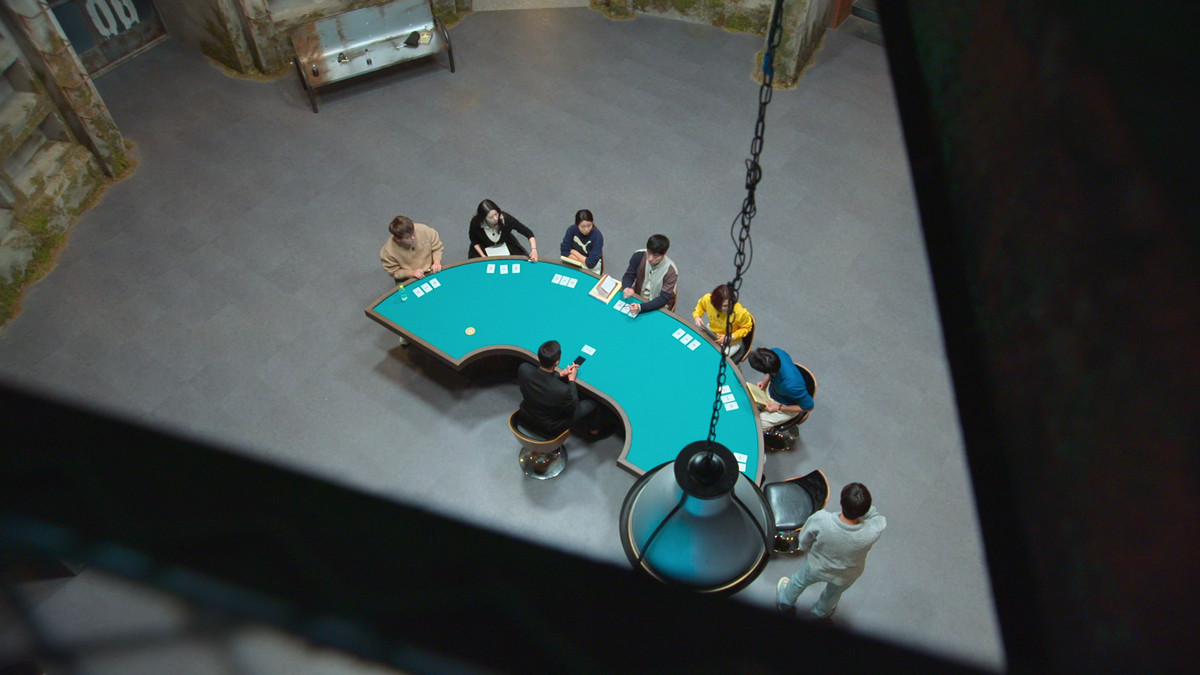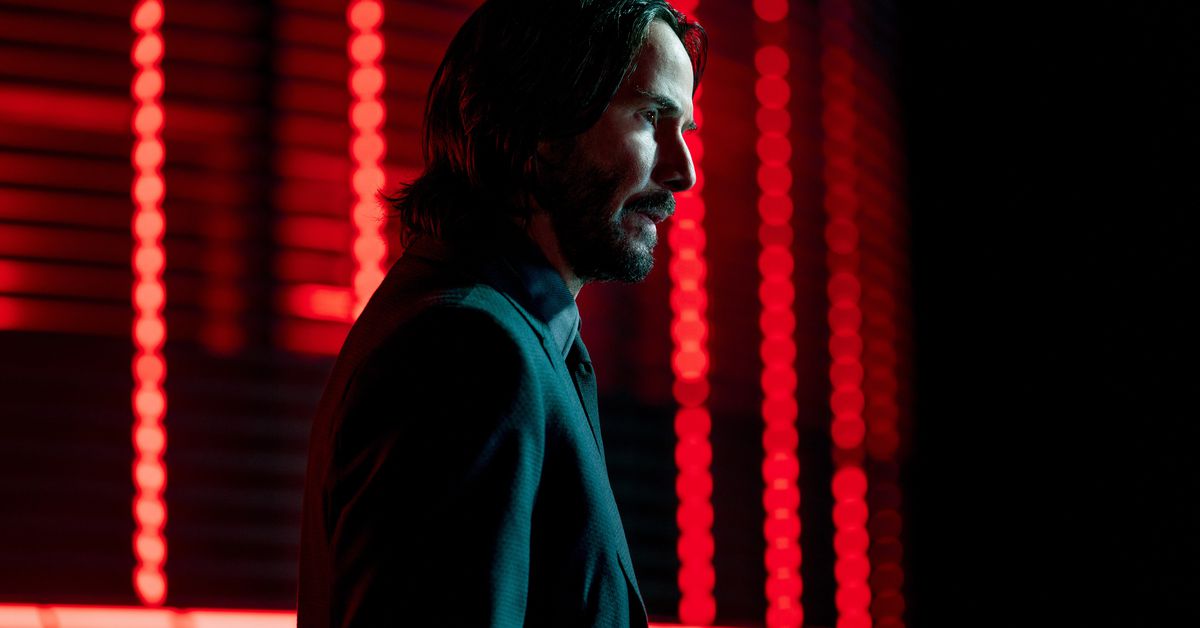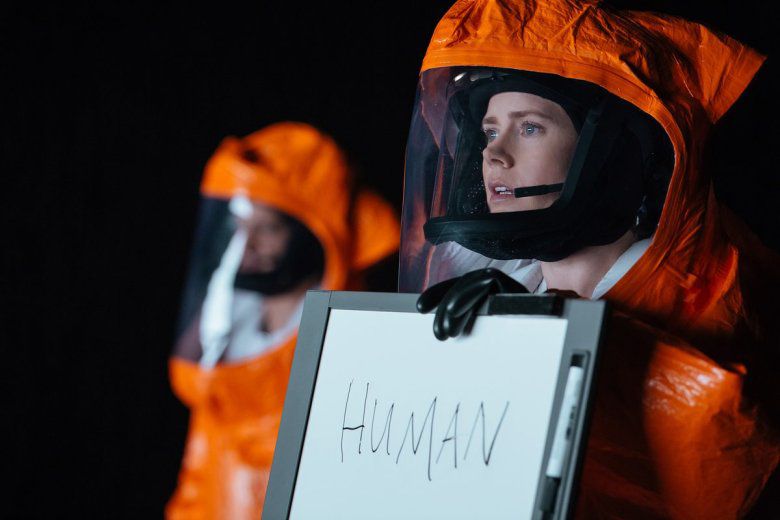Fans of World War II movies, and of the European air war in particular, may recall the 1990 film Memphis Belle, which told a highly fictionalized story of the first B-17 bomber crew to complete its 25-mission tour of duty over Europe. While that film got most of the technical aspects of air combat right, it was a swing and a miss when it came to its writing. Even with a young and lovable Sean Astin manning the ball turret, that didn’t stop producers from making crooner Harry Connick Jr. hum a few bars from the tail gun. Overall it was a mixed bag, relying on black-and-white stock footage and especially heavy-handed performances from David Strathairn and John Lithgow to get its point across.
Oddly enough, the first episode of Masters of the Air seems to make multiple callbacks to that very film, right down to the bit about singing. But it does so in a novel way that manages to fully exorcise that middling effort from viewers’ minds within the first 25 minutes. The result is a two-episode premiere that shows off some of the best WWII action in a generation.
:no_upscale()/cdn.vox-cdn.com/uploads/chorus_asset/file/25246086/Masters_Of_The_Air_Photo_010114.jpg)
Where Memphis Belle shows a bomber crew rapturously in love with its airplane, nearly swaddled in its embrace for the entire running time of the film, Masters of the Air makes it clear that most flyers were absolutely terrified of their aircraft. The Flying Fortress isn’t the super weapon that was sold to the American public or the hundreds of thousands of eager young recruits who volunteered early on in the war. It’s a delicate airframe built for speed with a paper-thin hull that offers little to no protection for the 10-man crews trapped inside, loaded up like cattle next to 500-pound bombs, explosive tanks of compressed oxygen, and enough aviation fuel to incinerate them all in seconds.
Like Band of Brothers and The Pacific, Masters of the Air pulls no punches when it comes to the human toll of war. Men are ripped apart on screen with horrifying regularity, their broken bodies tumbling to the floor inside cramped crew compartments, their entrails smeared across Perspex canopies amid smoke and flame. Fortresses burst like balloons and plummet from the sky, slowly and sickeningly rolling over into terminal dives, leaking oil and smoke behind them. But it is the speed of these engagements that is so terrifying, with back-and-forth exchanges of gunfire that last mere fractions of a second. I found myself flinching multiple times on the first watch through. The lavish CGI work and the painstaking cinematography choreographed both inside and around the cockpit-sized sets make it clear that the Americans are completely overmatched by their German adversaries. The mental toll that realization takes on the characters is obvious, and the actors’ performances — even when half hidden behind oxygen masks — is electric.
:no_upscale()/cdn.vox-cdn.com/uploads/chorus_asset/file/25246075/MastersOfTheAir_101_04149F.jpg)
It’s the selection and invention of these character-building vignettes where series creators John Shiban and John Orloff show their mastery of the material. The adaptation uses only the best parts of Donald L. Miller’s eponymous history book, eschewing his lengthy analysis of intelligence reports and tonnage of bombs dropped in favor of the rare firsthand accounts of the men who were actually there. Those recollections are carefully integrated into the performances of stars Anthony Boyle, Austin Butler, Barry Keoghan, and Callum Turner, who each play a pivotal role in these early episodes by standing in for the thousands of airmen who fought and died at the outset of what would become history’s largest-ever air war.
It’s in the quieter moments of these first two episodes where actors Butler and Turner, in particular, shine. Turner plays the rowdy and often drunken Maj. John “Bucky” Egan, whose rabble-rousing often gets him into trouble. Butler plays the far more sober and stoic Maj. Gale “Buck” Cleven, an inspired performance that makes it clear what must have rallied the men who fought beside him in real life. These first few episodes lay the foundation for their relationship, one that’s quirky and collegial with just a touch of yearning that is sure to appeal to shippers the world over. Like Band of Brothers’ quiet bromance between Damian Lewis and Ron Livingston, it’s a clear focal point of these first two episodes and one that, given the source material and the wide-ranging clips shown in its opening montage, is likely to power the show through the challenging themes of its back half. There are other standout performances as well: Keoghan’s boyish affectation shows his admiration for the flyers who lead his unit, while Boyle provides occasional doses of much-needed comic relief.
:no_upscale()/cdn.vox-cdn.com/uploads/chorus_asset/file/25246083/Masters_Of_The_Air_Photo_010103.jpg)
The only impediment to Masters of the Air’s solid pacing and measured performances is the fact that modern audiences likely won’t be familiar with this particular chapter of history. To mitigate that issue, at various points its showrunners have elected to dub in explanatory bits of narration that describe the finer points of high-altitude, long-distance bombing. These tend to slow things down and distract from an otherwise action-packed premiere, but are nonetheless necessary. Thankfully, its geography lessons are given in-fiction with gigantic maps inside briefing rooms. Nonetheless, to get the most out of the experience I highly recommend picking up Miller’s book. Even if you only read the first chapter and the last, you’ll have a much better time understanding of this excellent program. Still, the show is a worthy successor to Band of Brothers, and a far more concise and focused effort when compared to The Pacific, even if it is trapped inside a delicate metal tube for most of its run time.
Masters of the Air debuts Jan. 26 on Apple TV Plus and runs for nine episodes, ending March 15.








